Often considered a ‘barista’s secret’, siphon coffee certainly catches the eye, engaging your sight, sounds, scent, touch, and taste. We managed to grab a few minutes with Ueshima Coffee Company‘s Coffee Master, Takahito Mizokami to find out what makes siphon coffee highly immersive, intricate, and appealing.
What is siphon coffee?
Siphon (also spelt as Syphon) coffee is a method of making coffee using an intricate apparatus (vacuum pot). Using this method creates a coffee taste that is richer and more intense, as well as smooth and clean; with no coffee grounds being left in your cup.
What is the history of this style of coffee making? How is it linked to Japan?
Siphon coffee was invented in Europe around 1840 in the pursuit of better-tasting coffee. It became popular in Japan around 1920. The good aroma of coffee made by the siphon, as well as other qualities it enhanced, was better than other equipment available at that time. This led to many coffee shops in Japan installing siphons.
Discover more: Japan Week Festival 2022: celebrating Japanese culture
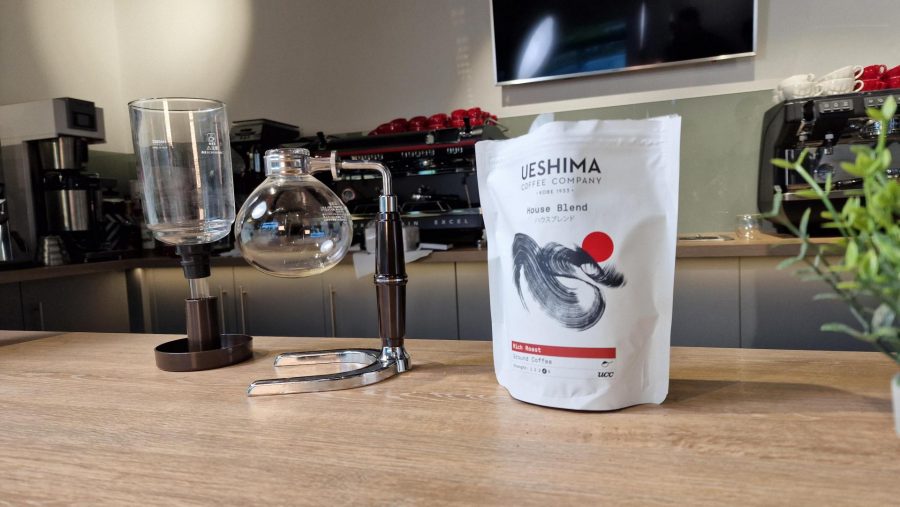
What is special about siphon coffee?
This process of making coffee stimulates the senses. Apart from the excellent taste and aroma it creates, siphon coffee can be enjoyed with the eye. With the fantastic light of the lamps and transparent chambers you can see every step of the process, giving it a theatrical element.
What is a Takumi coffee maker? Why do they pursue perfection while making siphon coffee?
Many Japanese people are very passionate about what they do and try to perfect it, such as for coffee making, this is known as a practice called Takumi – the pursuit of coffee perfection.
Good coffee can be made by anyone once they experiment and learn about coffee, but some people like to go one step further and aim to make coffee even better. In pursuit of this, the siphon, with its depth, is the right tool for people who are very particular about their coffee.

How does siphon coffee work?
Siphon coffee is brewed using two chambers. This method of brewing involves filling the bottom chamber with boiling water. By heating the bottom chamber, the changes in air pressure forces the hot water to rise into the upper chamber. In the upper chamber the hot water mixes with the ground coffee at a high temperature and is stirred with a paddle. The water, which has been mixed with coffee, is eventually pulled back down into the lower chamber through a filter when the heat is lowered. When all of the water is in the lower chamber, the coffee is ready to be poured.
How do you make siphon coffee?
Coffee grounds should be medium to fine to begin. Place and centre the filter into the upper chamber of the siphon, and set in place with the spring so it doesn’t move. Pour around 160ml of water into the lower chamber, and place 20 grams of coffee into the upper chamber and level. Place the upper chamber onto the lower chamber at a slight angle and turn the heat on high until the water starts to bubble, when this happens lock in the top chamber. When the hot water rises to the top chamber, stir the coffee and water a few times with a paddle and extract for around 20 seconds on a low heat. Turn off the heat and stir again, the coffee will fall back down to the lower chamber through the filter. When all coffee has fallen, the upper chamber can be removed, and the coffee can be served.
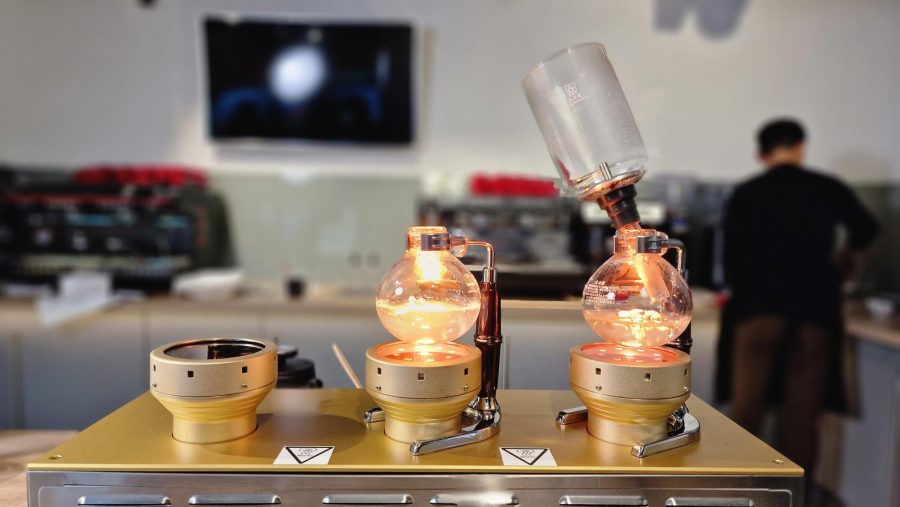
How does a slower brew enhance the experience? Can we apply this to life?
By taking the time, effort and care to make a cup of coffee, not only will you appreciate it more, but you can enjoy the process. The taste should be enriched too – as after all, things taste better when made with love. In life taking time, can lead us to new discoveries, new experiences and new ways of life. We can appreciate the journey and not just the end goal.
How is brewing Siphon coffee related to mindfulness?
By taking your time to brew a cup of coffee, you can calm and refresh the mind to enjoy the whole process.
How should making coffee this way make you feel? What are the psychological benefits?
All five senses can be stimulated in this process, which can be calming and satisfying. Hearing the sounds and experiencing the different stages unfold are stimulating in their own way. People enjoy the smell of coffee and find it relaxing to drink, but slowing down and appreciating the stages that go into this process can be appreciated, and rewarded at the end.
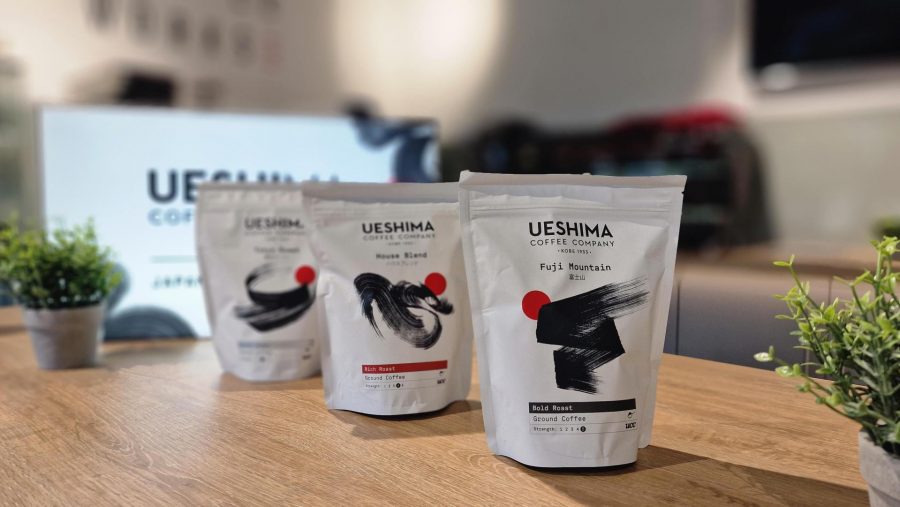
How do you distil Japanese craftsmanship into siphon coffee?
Many Japanese coffee shops that use siphons are very particular about their coffee, the way they grind it, the tools and the extraction methods. They use siphons for many years in order to pursue coffee perfection.
Discover more: How to have a weekend of Japanese culture in London
What makes this style of coffee making unique?
The time and care to brew an excellent tasting cup of coffee. Today, most people live busy lives, but this method allows you to slow down and appreciate each step of the process and the end result.
Does siphon coffee taste better?
Everyone has their own preferences. The siphon makes a tasty coffee due to the extraction process which gives the coffee a clean taste. Coffee is brewed at a higher temperature, which also gives it a stronger aroma.
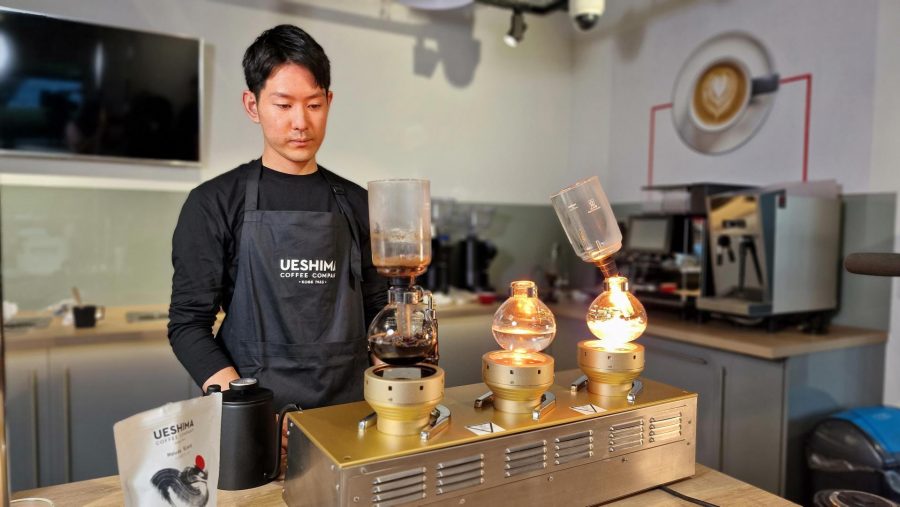
What is the coffee shop culture like in Japan?
In Japan we love coffee, and enjoy coffee as a way to relax. We visit coffee shops not only just to drink coffee, but also to enjoy conversation, spend special moments together while enjoying the space and time. This is a place where we love to relax and enjoy time with a cup of coffee.
Can you share some interesting facts about siphon coffee?
- Making coffee with a siphon looks difficult, but it’s actually easy and fun.
- Coffee brewed by siphon has a strong taste and aroma but a clean aftertaste. This means you can enjoy it without the need for milk.
- As it extracts at a higher temperature than other equipment, you also can enjoy the changes in taste and aroma from high to low temperatures.
- Many good old coffee shops in Japan use siphons to serve coffee.
If you would like to order the coffee featured in this article, visit the Ueshima website.


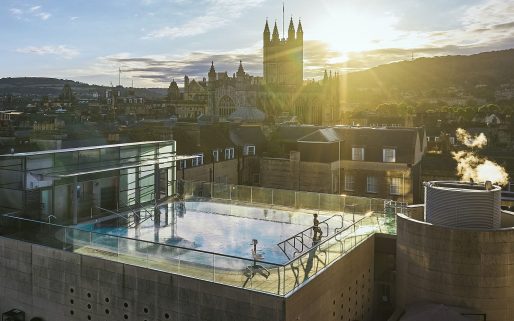

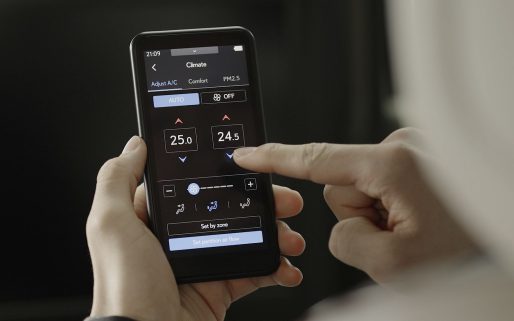
Very good
Everything in Japan is performed with stylish sophistication.
Love Japan and everything about it .
Have used Ueshima beans for a while, they are excellent.
Japan diff world